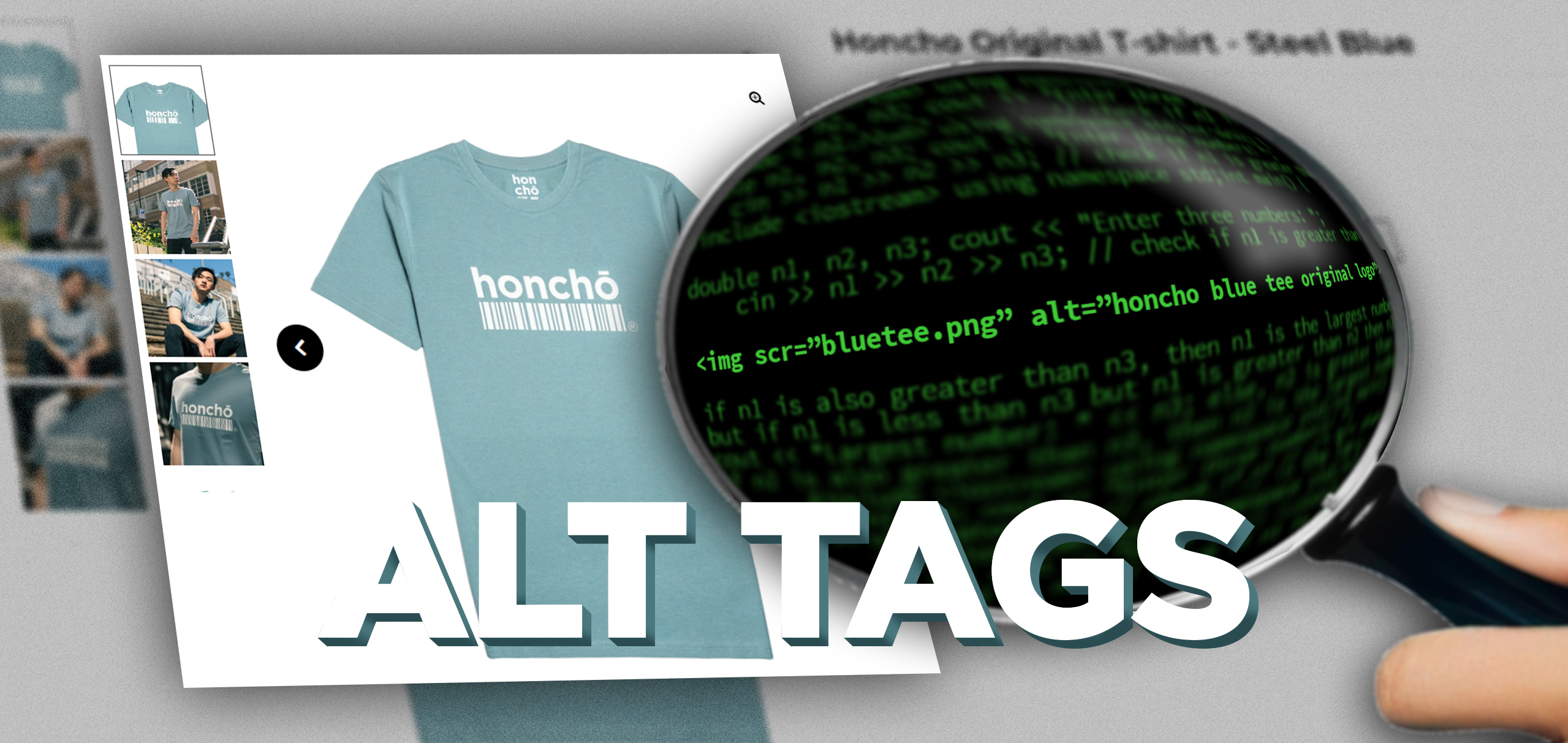3 min read
Bon Voyage to the Ordinary: Top Ecommerce Trends for Travel Brands in 2024
The travel industry is taking flight in the digital realm. As wanderlust reigns supreme, travel brands need to equip themselves with...
2 min read
 Lottie Hippisley
:
Jan 5, 2024 7:10:00 AM
Lottie Hippisley
:
Jan 5, 2024 7:10:00 AM

Discover why alt tags are essential for image optimisation and how they can improve your website's SEO performance.
Alt tags, or alternative text, are descriptions that are added to images on websites. They provide textual information about the image content, which is useful for people who are visually impaired and rely on screen readers to access web content. Alt tags also play a crucial role in image optimisation for search engines.
When search engines crawl a website, they rely on various factors to understand the content of the page. Alt tags provide valuable information about the images, helping search engines to index and rank the page properly. Without alt tags, search engines may not fully understand the context and relevance of the images, which can impact the overall SEO performance of the website.
In addition to improving SEO, alt tags also enhance the user experience. When an image fails to load, the alt tag is displayed as a text alternative, providing users with an understanding of what the image represents. This is especially important for individuals with visual impairments or slow internet connections.
To optimise your website's images and improve SEO performance, it's crucial to understand the importance of alt tags and how to write effective ones.
Alt tags play a significant role in search engine optimisation (SEO) for several reasons. Firstly, they provide search engines with valuable information about the image content, allowing them to better understand and index the page. This can help improve the visibility of your website in search engine results pages (SERPs).
Secondly, alt tags can help increase organic traffic to your website. When users search for specific keywords related to your images, search engines consider the alt tags as part of the ranking algorithm. By optimising your alt tags with relevant keywords, you can potentially attract more targeted traffic to your site.
Lastly, alt tags contribute to the overall accessibility of your website. By providing descriptive alternative text for images, you ensure that visually impaired users can still understand the content and context of the images on your site.
In summary, alt tags are essential for SEO as they help search engines understand your image content, increase organic traffic, and improve the accessibility of your website.
To write effective alt tags, it's important to follow some best practices:
By following these best practices, you can ensure that your alt tags are effective in improving image optimisation and SEO performance.
WordPress provides a user-friendly interface for adding alt tags to images. Here's how you can do it:
It's important to add alt tags to all the images on your WordPress site to ensure proper image optimisation and improve SEO.
Shopify also allows you to add alt tags to your images easily. Here's a simple guide:
Remember to add alt tags to all the relevant images on your Shopify store to enhance image optimisation and improve SEO.
Looking for further support on SEO? Get in touch now.

3 min read
The travel industry is taking flight in the digital realm. As wanderlust reigns supreme, travel brands need to equip themselves with...

2 min read
The fashion scene is undergoing a digital makeover. With consumer habits constantly shifting, fashion brands need to adapt and embrace innovative...

2 min read
The home and garden landscape is blooming in digital. As consumer preferences evolve, home and garden businesses need to cultivate innovative...